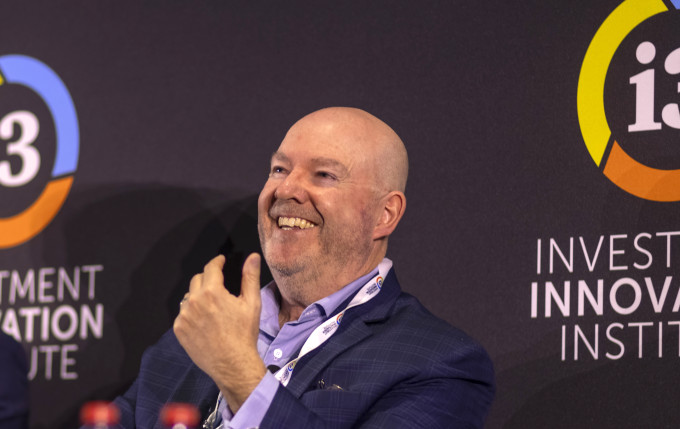After decades of relative calm, geopolitical tensions have started to impact investment portfolios of institutional investors again. We speak with Craig Thorburn about how the Future Fund is adjusting its allocations to deal with these influences
Register to Access this Exclusive [i3] Insights Article
Create a free account to access exclusive interviews with asset owners, revealing insights on investment strategies, market trends, and portfolio allocations.
If you already have an account you can Login .
If you have any issues registering an account please send us an email at [email protected].


